With several high-end restricted free agent (RFA) negotiations dragging on past the July 1 opening of the NHL’s free agency period, it’s beginning to look more and more like a number of the league’s best young RFAs might be waiting on the outcome of the Mitch Marner negotiation before finalizing new deals of their own.
Among the top RFAs (without salary arbitration rights) who have yet to sign are Brayden Point, Mikko Rantanen, Patrik Laine, Kyle Connor, Brock Boeser, Charlie McAvoy, and Matthew Tkachuk. Most of these players, including several not listed, also happen to be wingers, like Marner.
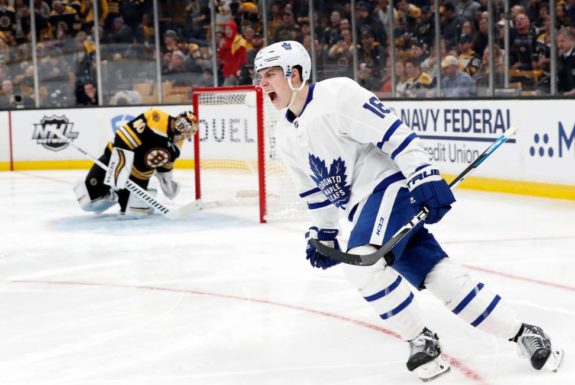
We’re now in the fourth week of free agency, and I expected most of these players to have signed long-term contracts by now. So, what gives?
Watching Mitch Marner?
It’s possible that the NHL’s top unsigned RFAs are waiting to see if Marner can raise the bar for players (in particular, wingers) coming out of their entry-level contracts (ELCs). After all, if he is successful, the pay scale could increase across the board for players in similar circumstances.
Related: Why Mitch Marner is More Valuable than Auston Matthews
This makes sense given that Marner is pushing hard to drive salaries to never before seen heights for NHL wingers. He’s reportedly asking for “Auston Matthews money,” which, at just north of $11.6 million annually, would set a new standard for wingers, particularly those who have yet to win a Stanley Cup to back up their demands.
Whereas players of the past were paid as much for what they’d already done as for what they may yet accomplish, today’s RFAs want to land lucrative contracts before they’ve achieved the ultimate success, and any number above $8 or $9 million seems high for a player lacking championship pedigree.
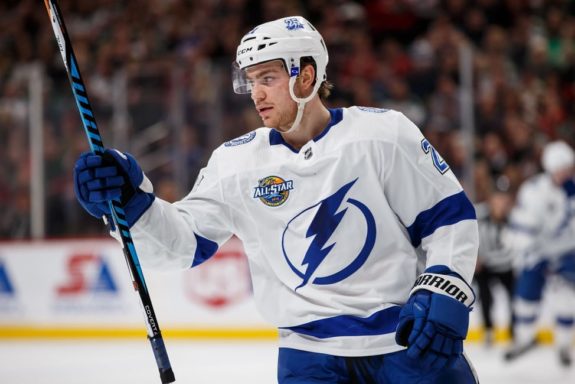
It seems highly unlikely that many of the top RFA wingers would remain unsigned this far into free agency were it not for, at least somewhat, unrealistic expectations. These wingers may well be waiting for Marner to reset the pay structure at their position before putting pen to paper on their own monster deals.
Where Are All the Offer Sheets?
There has also been much talk of more players going the route of the scarcely used offer sheet. This offseason, we have seen just one, put forth by the Montreal Canadiens and signed by Sebastian Aho. The last time this occurred was in 2013 when the Calgary Flames made a bid to snatch Ryan O’Reilly from the Colorado Avalanche. In each instance the offer was matched by the player’s team (the Carolina Hurricanes in the case of Aho).
Related: Is This Finally the Year of the Offer Sheet?
Even so, Aho was able to get the deal (and, more importantly, the term) he wanted from a team he likely never wished to leave in the first place, albeit not at an outrageous average salary by any means. By signing the five-year deal from the Habs, Aho has ensured that he’ll reach unrestricted free agency while he’s still in his prime and in a solid position to go after another huge deal. For many young players, signing away any of their unrestricted free agent (UFA) years on their first major contract is undesirable.
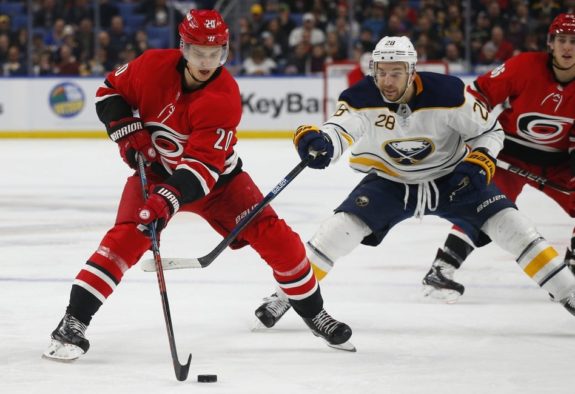
Of course, there’s a lot of risk in Aho’s strategy. For one thing, if he hoped to remain with the Hurricanes, he was rolling the dice that they’d match Montreal’s offer sheet. On the other hand, because the Hurricanes matched the deal, they are now prohibited from trading Aho for a year, kind of like having a one-year, no-movement clause.
So Many Elite Players, so Little Remaining Cap Space
The unfortunate truth for many RFA stars is that very few teams have the remaining salary cap space to extend an offer sheet to anyone—at least not to the financial degree that they may be seeking. While a few teams do still have the cash to try something bold, many of them have RFAs of their own to lock up (for example, the Avalanche and Rantanen).
Then there are teams like the Toronto Maple Leafs who have already spent considerable cash this summer and may now have to move someone if they want to give Marner all that he’s asking for. With salary cap space quickly dwindling for many teams, players risk losing out on the value they’re seeking if they wait too long to make a deal.
Then again, you can bet that most teams are holding back enough cap space to sign their key RFAs. So, when there are no teams left with enough money in the coffers to steal Marner away from the Maple Leafs, he’ll be left with only the Leafs to negotiate, and his bargaining power will be diminished.
There’s always the risk that the money each team saves for their RFAs will not be enough to satisfy the player, but then, what choice will a guy like Marner have if he’s asking $11.5 million a season and the Maple Leafs simply don’t have that much left to give?
Making Sense of Restricted Free Agency
NHL free agency (both restricted and unrestricted) is a fairly complex business. RFA status is bestowed upon players at the end of their three-year ELC (provided their current team makes them a timely qualifying offer).
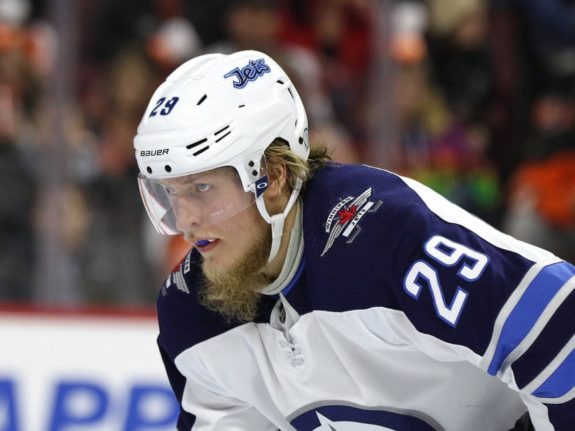
Like ELCs, qualifying offers are generally not very lucrative. There are also very specific rules related to how much money may be offered in qualifying. What’s most important, is that the primary purpose of a qualifying offer is to ensure that the team in possession of the player’s negotiating rights retains those rights going forward into the free agency period. Without a qualifying offer, the team is effectively cutting that player loose.
In some cases, a player will accept a qualifying offer. Typically, a player only accepts a qualifying offer if he is not in a strong position to negotiate a better deal. Young, emerging superstars (like the players discussed here) rarely, if ever, sign those offers, as they can usually command a much higher salary in formal negotiations.
If (or when) players reject a qualifying offer, they become RFAs with the right to re-sign with their current team under more palatable terms, or seek out offer sheets from other teams beginning on July 1 of the year in which their entry level contract expires.
Related: NHL’s RFAs Have Proven to Be Untouchables
In the case of an offer sheet extended by another team, the player has the right either to accept or reject the offer (which is a fully fleshed-out NHL contract). If the offer is accepted and signed, the player’s original team may yet retain the player simply by matching the offer within seven days.
If the player’s existing team chooses not to match the offer, the player becomes the property of the team whose offer sheet he has signed. That team is then required to pay compensation to the team losing the player.
Compensation, which comes in the form of future draft picks, depends on the average annual value of the contract the player has signed and is determined using a sliding scale that adjusts each year along with changes to the salary cap (see the chart below for details of this year’s sliding scale).
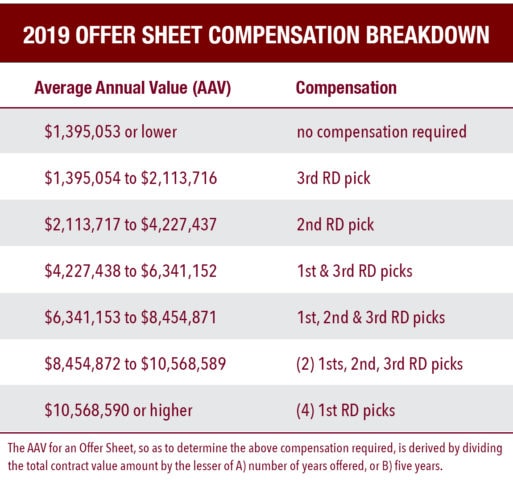
There are various levels of compensation that may come into play, but the highest possible penalty consists of four first-round draft picks to be paid out over the next five NHL drafts—to say nothing of the salary cap hit required to pay the player being signed. For most teams, the cost of offer-sheeting a high-end player is simply too high, which is why we see so few of them tendered and are unlikely to see many, if any, more this offseason.
Salary arbitration is another scenario which occasionally comes into play. This situation, however, typically requires the player to have been in the league for longer than four years, and therefore does not apply to any of the RFAs that have recently fulfilled the duties of their entry-level contracts.
An important consideration to note is that any RFA who fails to sign a new contract by Dec. 1 of the season in which they enter RFA status becomes ineligible to play in the NHL for the remainder of that season. This is the situation we nearly saw play out last season between the Maple Leafs and William Nylander, with the two sides finally agreeing to terms in the very last minutes before the deadline.
There are various other rules related to NHL restricted free agency as well, but what we’ve discussed here covers most of the basics and should give you a good idea of the position that the relevant RFAs are currently in.
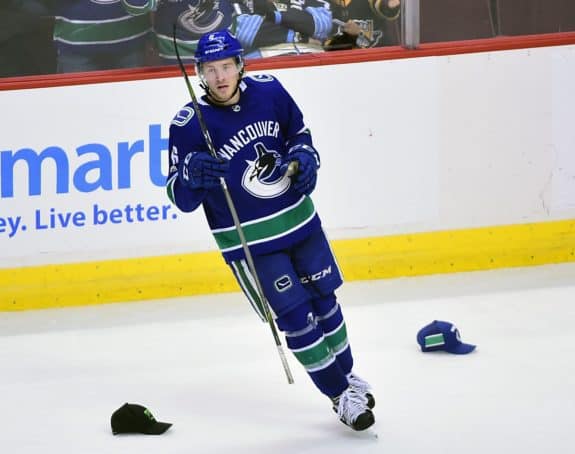
Note that unrestricted free agency is an entirely separate issue with its own complex set of rules—most notably that it typically requires either seven years in the league or for the player to be at least 27 years of age.
The Bottom Line on Marner & Co.
If Marner remains unsigned going into training camp (a training camp he says he’d have to miss), don’t expect a lot of the league’s other high-end RFAs to follow suit.
While some may be lightly holding out for now, I doubt that most of them will want to remain unsigned beyond the opening of training camp, lest they fall behind other players with respect to their conditioning and preparedness for the coming season.
Related: Making Sense of the Blue Jackets & Mitch Marner
Still, it is possible that one or two holdouts could remain at the beginning of the season if Marner has not yet come to terms, or even if he has. Hockey players often seem to have a gambler’s mentality, so if there’s any chance of doing better based on seeing another player set a new pay standard amongst comparable players, you never know what might happen.
In the case of Marner, it’s anybody’s guess what he will do. He seems to be between a rock and a hard place: wanting to remain with the Maple Leafs but likely feeling slighted due to the team’s management having cheated him out of his rookie bonuses in the past and giving him what surely must feel like low-ball offers in light of him leading the team in scoring for the past two seasons.
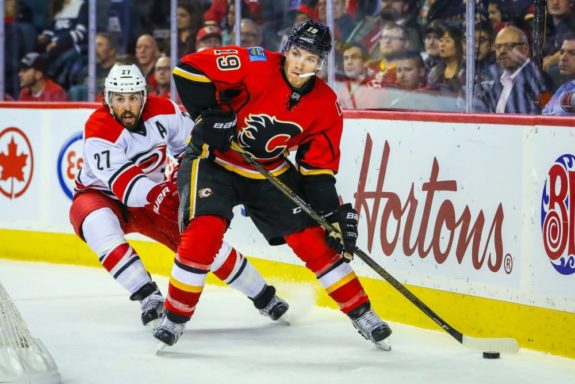
Due to all of the complications of this particular negotiation, and with the Maple Leafs already running somewhat lean on salary cap space, nothing would surprise me at this point. Marner, a Maple Leaf? Marner, not a Maple Leaf? Either way, he’s not likely to get the kind of money he’s looking for this time around, and that could spell trouble for the Maple Leafs in the future.
At this stage of the game, it’s really anybody’s guess whether or not Marner’s next deal will influence the deals of other young RFA wingers around the league. If Point, Laine, and the rest are waiting to see what happens with Marner, they may be in for a long wait.